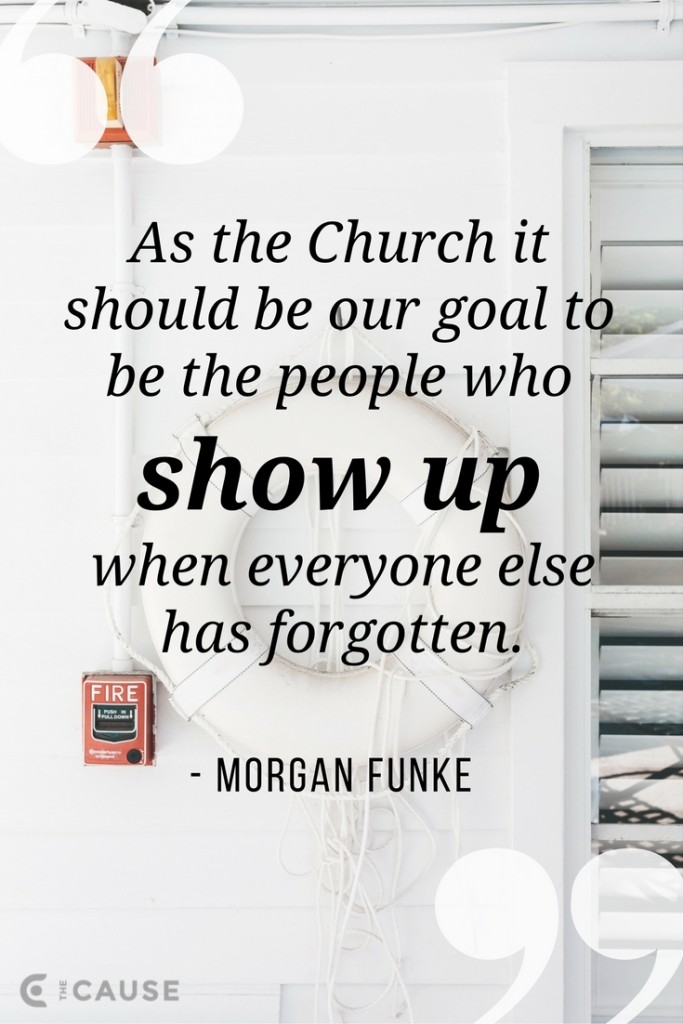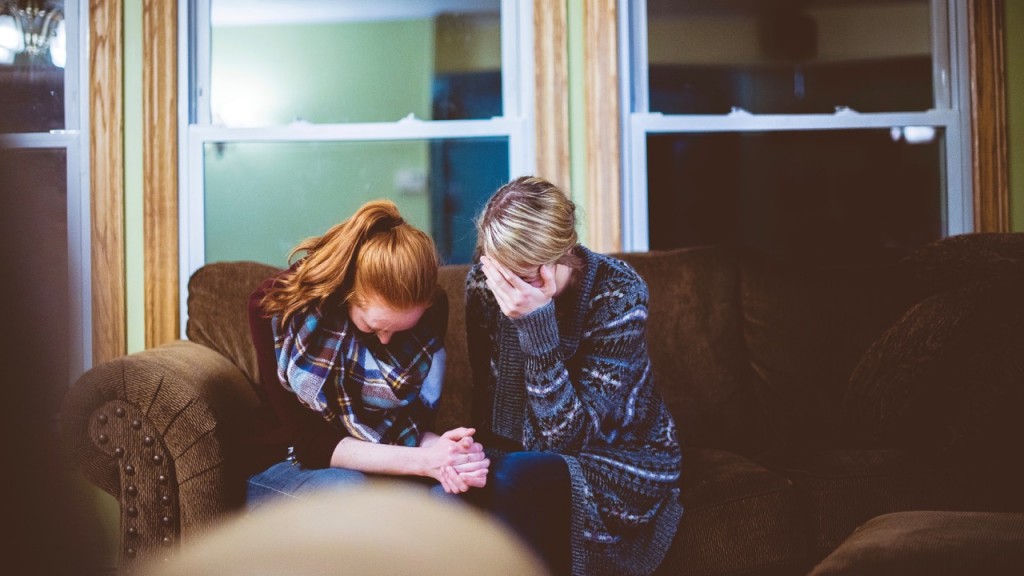2017 has been a tough year. Riots. Hurricanes. Earthquakes. Fires. These catastrophic events change lives forever. Sometimes, disasters unify, volunteers mobilize well, and the Church steps in to meet real needs. Unfortunately, disasters often lead to an immediate surge of compassion followed by misguided giving.
In 2007, I spent 11 months doing overseas mission work with The World Race. I vividly remember the moment during month 11 when disaster struck my home. After days without internet access, I sat down at the computer in our Chinese hostel and saw picture after picture of flames consuming Southern California. I reached out to friends and family, hoping and praying that they were alright.
A few weeks later I returned home to North County San Diego and was hired on to FEMA’s Wildfire Recovery Team. For the better part of a year, I walked with families through the devastation of fire loss. During that time, I developed a passion is to see the Church well equipped for disaster response.
Disaster response is a long term journey not a short term service
Sadly, 2017 has been rife with disaster. Compassion fatigue is a real struggle.
In the moments immediately following tragedy, the best of humanity emerges. People donate, they volunteer and care deeply. Then, the next disaster strikes. We live in a soundbite culture. The news cycle moves to the next big story. Everyone’s attention transitions to the next pressing need and people go on with their day to day life.
Unfortunately, the survivor who has already lost so much, is left feeling alone, grasping to find equilibrium in their new normal.
The fire recovery process, like most disasters, takes years. Insurance claims stretch out and the rebuilding process is full of frustration. There is no official roadmap. Even with insurance the financial losses are devastating. Day to day triggers are rampant, every time a survivor reflexively reaches for a possession that used to be there but is now gone, trauma rears up.
Most people hit an emotional low between six months and one year after a disaster.
At that point even the most well-meaning friends and compassionate congregations have moved on. The immediate response is important, but as the Church let’s make it our goal to think long term about disaster response and be the people who show up when everyone else has forgotten!
Here are a few tips on how to be a long term support to a disaster survivor:
- Check in monthly for the first year. Ask how they are doing in the recovery process? Take time to listen to the real answer. Find ways to mobilize volunteers to help with needs.
- Help them move. Most of the time people who lose their home in a disaster will have to move a few times the year after.
- Offer to sit with them through the insurance itemization process.
- Do something encouraging at the 6 month, 9 month, and 1 year mark. Send a package, write a thoughtful note, bring a meal by.
- If they are struggling with trauma, offer to help pay for counseling or find a free resource in your community.
The needs volunteers want to meet and the actual needs are often different
This will likely offend some, but it’s important and needs to be said. Americans love to give stuff, especially our used stuff. The thought process goes something like this: “Wow, I needed to clean out the garage anyway and I feel guilty about having so much when someone else has nothing. My old clothing and half broken housewares can actually help someone instead of being donated impersonally or thrown away.” I believe that the heart motive behind these donations is pure, but often, it’s not thoughtful.
In disaster after disaster, I’ve seen survivors absolutely OVERWHELMED by “gifts” – clothing that’s the wrong size and style; housewares with no house to be placed in; broken, dirty, and dusty items. Now, the person who has lost everything AND is completely overwhelmed ALSO has to sort through a bunch of old junk.
A few years ago, after another round of fires, I worked with nearby churches to help form Faith Fire Collaborative to mobilize local congregations in effective disaster response. Instead of taking donations we had people bring their items to a local thrift store. They were perfectly equipped to clean, sort, and merchandise those donations. Then, people who had lost possessions in the fires were given passes where they could shop at the thrift store for free. That way they were able to get only what they needed at the exact time they needed it.
That said, sometimes material items are needed. In those instances, here are a few tips on giving well:
- Find out exactly what’s needed/wanted and only give those items. Gift cards and financial donations are always helpful!
- Think through the timing of your gift. For example they might eventually need new dishes but not while they are staying in a hotel.
- Let go of the need to deliver your gift personally. Going through a disaster is overwhelming. If you don’t know the individual or family well, drop the item off with someone who is close to them and can deliver it for you.
- A thoughtful and empathetic note saying that you are thinking and praying for them will go a long way!
Language is Important
Throughout this blog I never referred to disaster victims. I believe that anyone who has the strength and fortitude to walk through a natural disaster, then rebuild their life, is a survivor. The word victim is automatically associated with powerlessness. As the body of Christ we believe in God’s power to to restore and redeem, and calling someone a survivor not a victim is language that reflects that belief.
As the Church, we are commissioned to love God and love people well. Let’s do this by continuing to develop collaborative, long term, community minded, approaches to disaster response!


